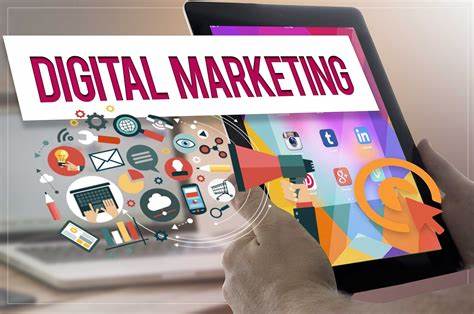
The classroom of today looks vastly different from what it did just a few decades ago, thanks in large part to the integration of teaching gadgets. These innovative tools have revolutionized education, making it more engaging, interactive, and efficient. In this article, we will explore the evolution of teaching gadget and their impact on modern education.
Contents
The Early Days of Teaching Gadget
Teaching gadgets have a rich history dating back to the use of chalkboards, overhead projectors, and slide projectors. These early devices allowed teachers to present information to students in a more visual and accessible manner. However, they were limited in their capabilities and required manual operation.
Read Also: Computer Repair Navigating the Road to Digital Recovery
The Digital Revolution
The digital revolution brought a seismic shift in teaching gadgets. The introduction of computers, particularly laptops and tablets, enabled teachers to access vast resources and deliver multimedia-rich lessons. Interactive whiteboards, often known as smartboards, became popular, allowing teachers to write, draw, and interact with digital content on a large touchscreen surface. These devices marked a significant leap in interactivity and engagement in the classroom.
Read Also: Empowering Success Unleashing the Potential of Los Angeles Digital Marketing Agencies
The Advent of E-Readers and Tablets
E-readers and tablets have become ubiquitous in modern classrooms. These portable devices have transformed how students access and consume educational content. E-books and digital textbooks are cost-effective alternatives to traditional print materials, and interactive apps provide opportunities for personalized learning experiences.
Read Also: Exploring the Dynamic Landscape of Management Information Systems Jobs
Enhanced Audiovisual Tools
Teaching gadgets have evolved to encompass a wide range of audiovisual tools. Document cameras, for instance, allow teachers to display documents, books, or 3D objects to the entire class. They facilitate real-time demonstrations and explanations, enhancing comprehension.
Read Also: Exploring the Dynamic Landscape of Management Information Systems Jobs
Virtual Reality (VR) and Augmented Reality (AR)
Virtual reality and augmented reality have emerged as game-changers in education. VR headsets transport students to immersive, virtual worlds for hands-on learning experiences. AR apps overlay digital information on the physical world, making abstract concepts tangible. These technologies have the potential to revolutionize field trips, science experiments, and history lessons.
Read Also: Exploring the Dynamic Landscape of Management Information Systems Jobs
Adaptive Learning Platforms
Teaching gadgets have also given rise to adaptive learning platforms that use data analytics and artificial intelligence to personalize instruction. These platforms assess each student’s strengths and weaknesses, adjusting the curriculum accordingly. This individualized approach fosters a deeper understanding of the subject matter.
Read Also: How canines stumble on bombs higher than units
Challenges and Considerations
While teaching gadgets offer immense potential, they come with challenges that educators and institutions must address:
- Digital Divide: Not all students have equal access to technology, creating disparities in educational opportunities.
- Teacher Training: Educators need proper training to effectively integrate teaching gadgets into their teaching methods.
- Digital Distractions: Excessive screen time and digital distractions can hinder learning.
- Privacy and Security: Protecting student data and ensuring online safety are paramount concerns.
Teaching gadgets have come a long way, reshaping the educational landscape and offering exciting opportunities for both teachers and students. From interactive whiteboards to virtual reality experiences, these tools have made learning more engaging and accessible. However, their successful integration into education requires thoughtful planning, training, and ongoing evaluation. As technology continues to evolve, so too will the role of teaching gadgets in shaping the future of education.






